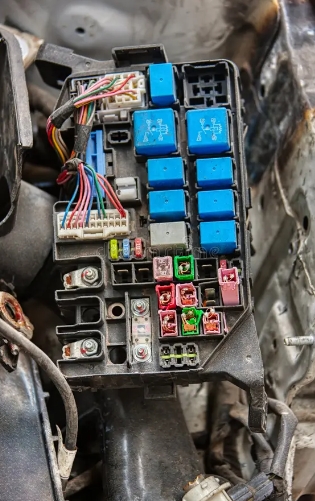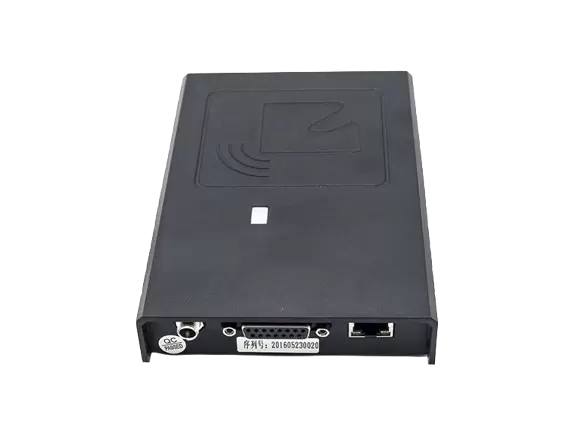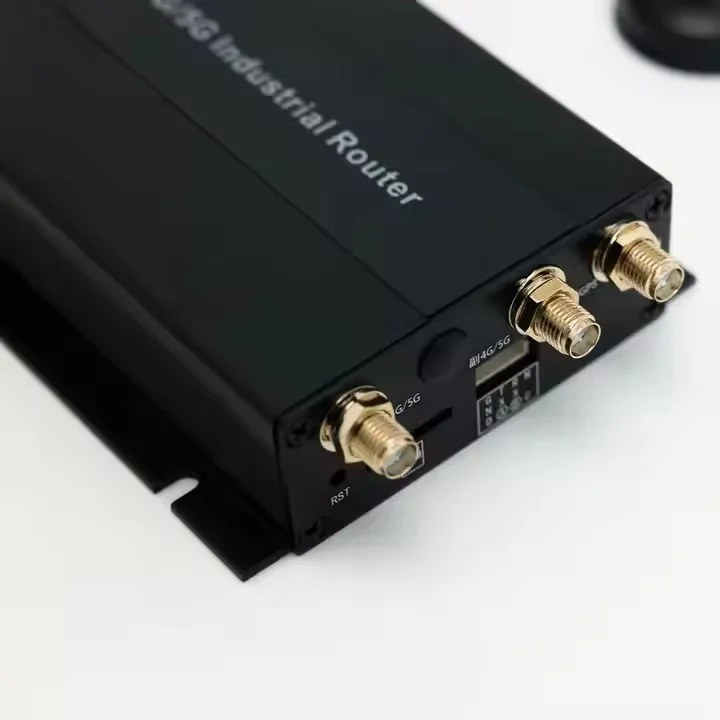Unveiling the Inner Workings of Relays: Exploring the Two Vital Components
2 min read
Relays are essential components in various industries, enabling the control and automation of electrical circuits. Understanding the inner workings of relays is crucial for engineers, technicians, and enthusiasts alike. In this blog post, we will delve into the intricacies of relays, focusing on the two main components that make them function seamlessly.
Section 1: The Electromagnetic Coil
The first key component of a relay is the electromagnetic coil. This coil is typically made of copper wire wound around a core, creating a magnetic field when an electric current passes through it. The coil's construction and material properties play a significant role in determining the relay's performance and efficiency.
1.1 Construction of the Electromagnetic Coil:
The coil's construction involves precise winding techniques to ensure optimal magnetic field generation. The number of turns, wire gauge, and insulation material are carefully chosen to achieve the desired coil characteristics. Additionally, the core material, such as iron or ferrite, influences the coil's magnetic properties.
1.2 Magnetic Field Generation:
When an electric current flows through the coil, a magnetic field is generated. This magnetic field interacts with other components of the relay, initiating the switching mechanism. The strength and stability of the magnetic field are critical factors in relay performance, ensuring reliable operation under various conditions.
Section 2: The Contacts
The second vital component of a relay is the contacts. These are responsible for establishing or interrupting the electrical connection within the circuit. The contacts are typically made of conductive materials, such as silver or gold, to ensure low resistance and high durability.
2.1 Types of Contacts:
Relays can have different types of contacts, including normally open (NO), normally closed (NC), and changeover (CO) contacts. Each type serves specific purposes in different applications, providing flexibility and versatility in circuit control.
2.2 Contact Materials and Coatings:
To ensure efficient electrical conductivity and minimize contact resistance, the contact surfaces are often plated with materials like silver or gold. These coatings enhance the contact's durability, preventing oxidation and ensuring reliable performance over an extended period.
Conclusion:
Relays are intricate devices that rely on two main components, the electromagnetic coil and the contacts, to enable efficient circuit control. The electromagnetic coil generates a magnetic field, while the contacts establish or interrupt the electrical connection. Understanding these components' construction, materials, and functionality is crucial for optimizing relay performance in various industries.


